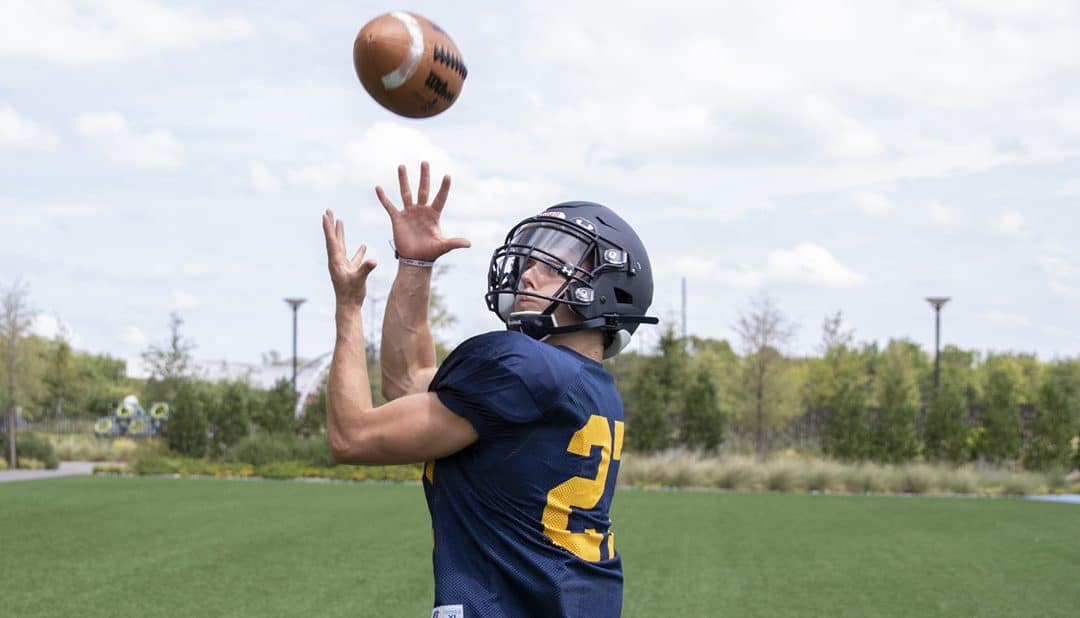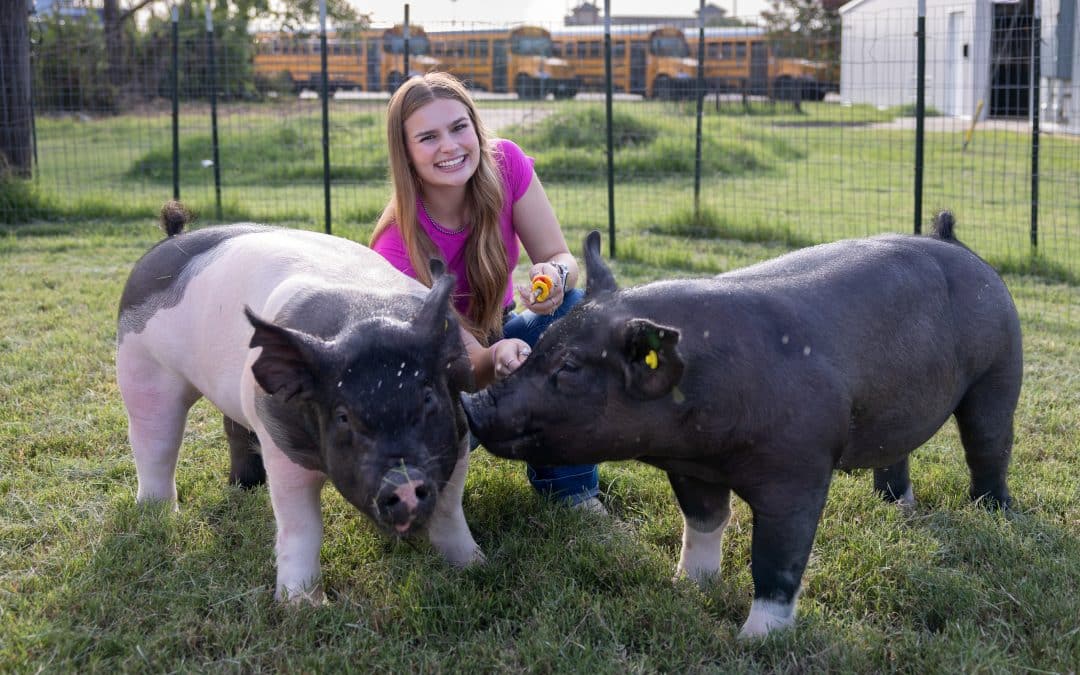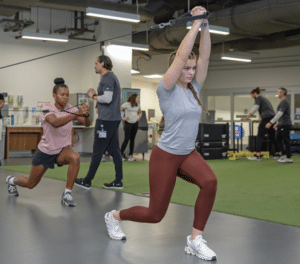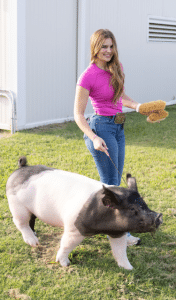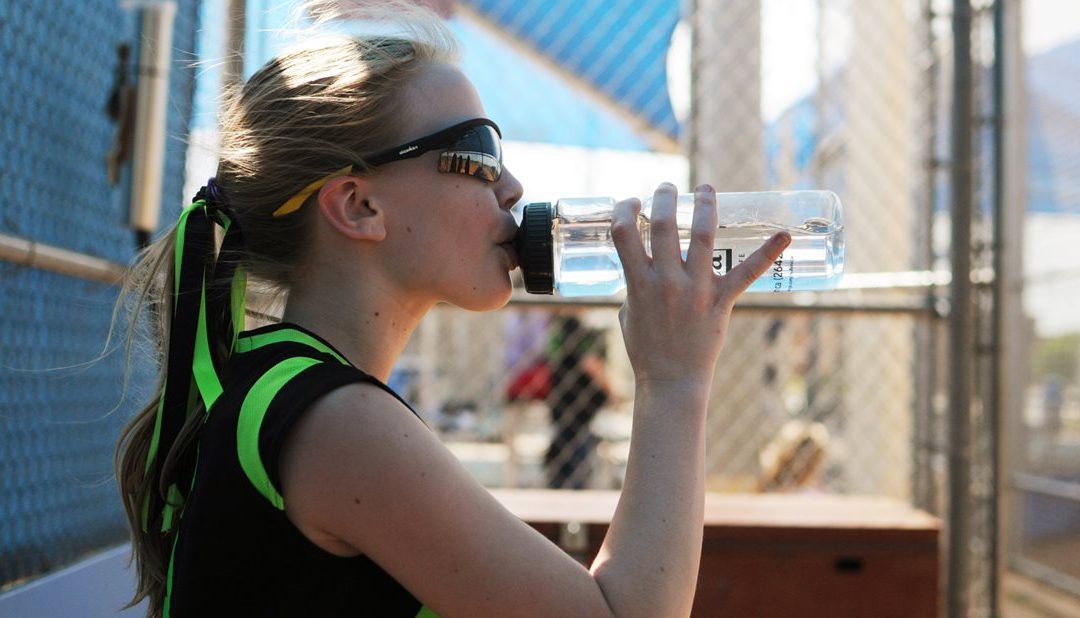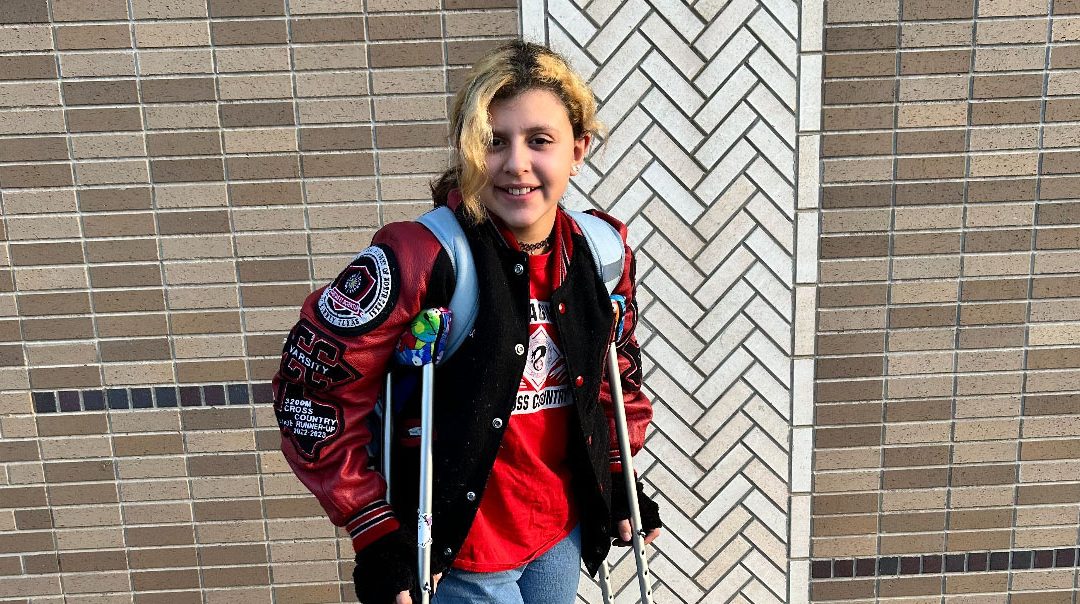
Miles of Motivation: Alice Races Ahead of AMPS
12-year-old Alice is racing towards her dreams, confidently managing each day and creating her own path! With a passion for running, she participates in cross country for her school and the Amateur Athletic Union (AAU). After securing fifth place in AAU’s 5K, Alice began experiencing knee pain, which worsened following an injury during P.E. class in 2022. Despite physical therapy and using crutches, her condition didn’t improve. Alice had moments of extreme pain that prevented her from even walking. Unable to find a solution, Alice’s mom, Lindsey, sought help from Scottish Rite for Children in May 2023.
Sports medicine physician Jacob C. Jones, M.D., RMSK diagnosed Alice with amplified musculoskeletal pain syndrome (AMPS). Defined by Psychology fellow Diana Tinsley, Ph.D., AMPS is a chronic pain condition that causes prolonged pain, even though there is no identifiable pain source. “The pain sometimes starts with an injury,” Dr. Tinsley says. “Even though the physical injury heals, the pain persists and can spread throughout the body or even worsen in severity.”
Her condition required a multidisciplinary team of experts in sports medicine, physical therapy and psychology to reintroduce her to her love for running. Lindsey says Dr. Tinsley and physical therapist Ashley Ratliff were key motivators throughout Alice’s care journey. “There were many tears and ‘What if?’ moments during Alice’s treatment,” Lindsey says. “It’s important to truly lean on your care team and follow through with the work they give you to do at home – no matter how hard it may be!”
Alice’s Scottish Rite team worked to create a comprehensive treatment approach that set her transformation into motion. Her goal was to learn how to move through the pain and get back to daily life. Dr. Tinsley provided Alice psychological support through pain management strategies and helped her set manageable goals to work into her day-to-day schedule, such as leaving her crutch at home when doing errands. Soon, Alice went from relying on crutches to walking without assistance altogether. “Her pain had taken over her life,” Dr. Tinsley says. “Pain flares can happen especially when stress increases. We try to put her immense progress into perspective and continue to encourage her.”
Physical therapy for Alice was trickier, as there was no clinical evidence of her injury. However, Ashley’s exercises focused on desensitizing Alice’s knee to decrease the pain signals to her brain and improve Alice’s knee function. Similar to Dr. Tinsley’s approach, Ashley slowly decreased Alice’s use of crutches to help her regain muscle in her knee from not bearing weight on it. “The focus was on making small goals at a time to gradually work to her overall goal of running again,” Ashley says. “This involved a lot of communication between Alice and I to ensure she was being challenged, but also that she had appropriate time to cope and work through new challenges.”
Since Alice was a competitive runner, they alternated between gym sessions and aquatic therapy to improve her pain tolerance for her running return. Alice’s care journey continued at home, with her Scottish Rite care team and family collaborating to decrease her fear of movement. “Alice had such success based on her participation with Dr. Tinsley and being diligent with her physical therapy exercises at home,” Ashley says. “Patients with AMPS need support at home to encourage their progress.” Alice slowly transitioned from running in the pool to the treadmill, eventually running 6 miles without discomfort. Due to her dedication to her passion, Alice made excellent progress and was discharged from physical therapy!
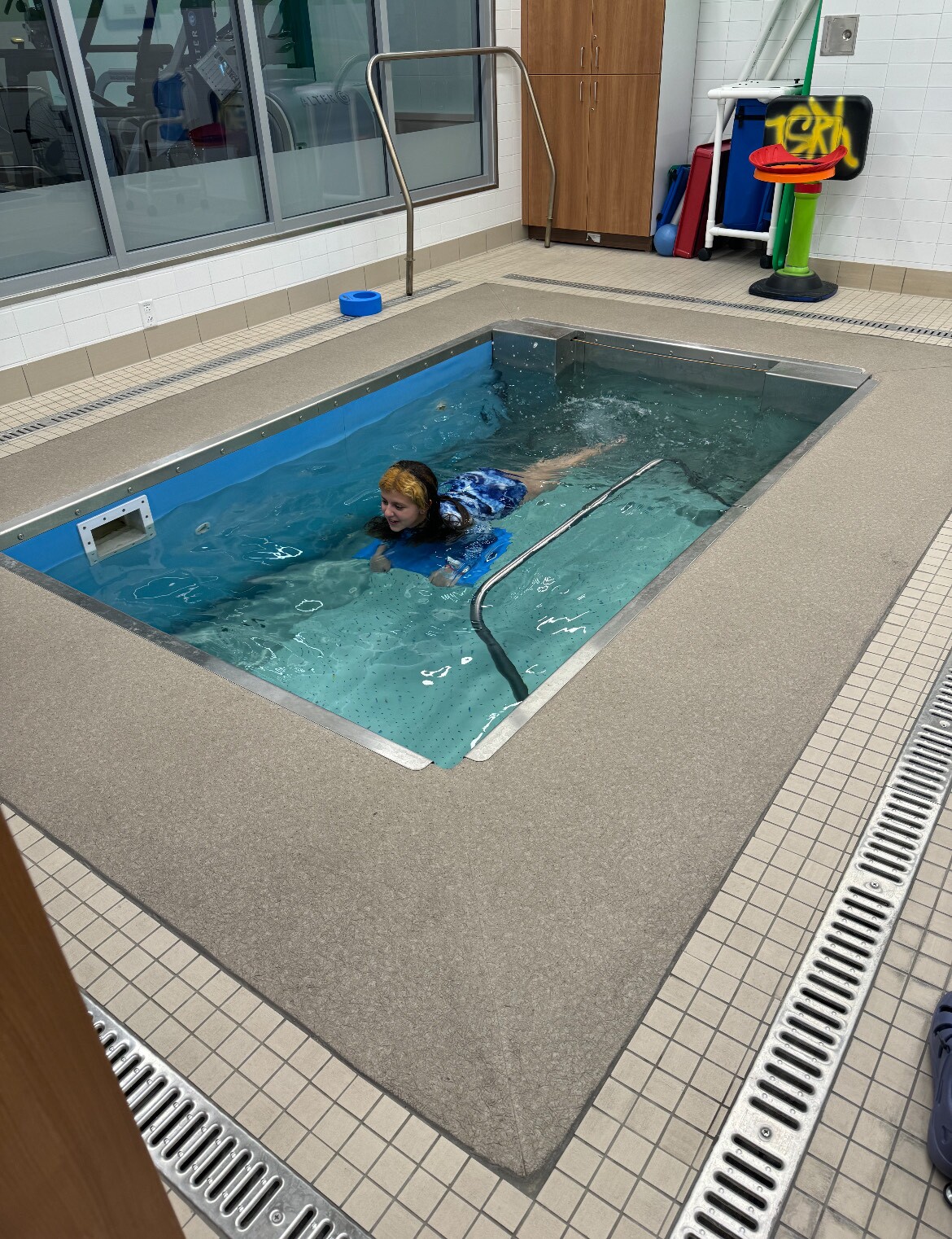
Inspired by her care, Alice is now encouraging other kids with similar diagnoses. She has published a journal titled “Today is My Day!”, a mindfulness journal dedicated to those who have anxiety or depression. It encourages self-reflection with the goal of taking steps to appreciate life more. Additionally, Alice safely returned to cross country and is continuing to build her strength to achieve her dream of being a professional runner! Her success is a testimony of the support from her Scottish Rite care team and family. “From the smiles we get from the front desk to excellent care, our overall experience has been amazing,” Lindsey says. “Without Scottish Rite, Alice would not be where she is today and doing what she loves!”
Do you have a story? We want to hear it! Share your story with us.


